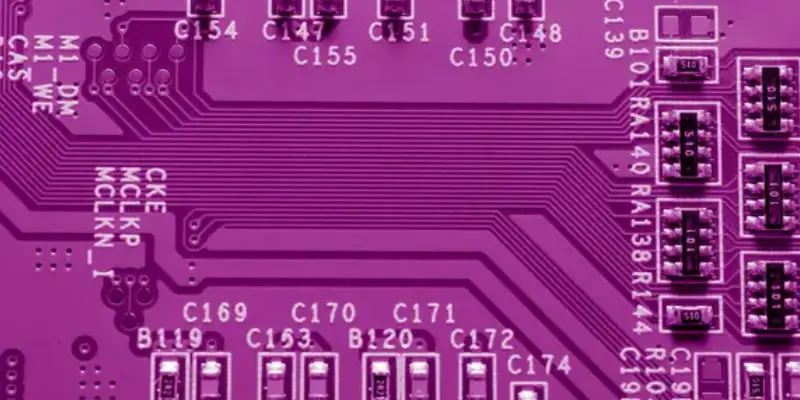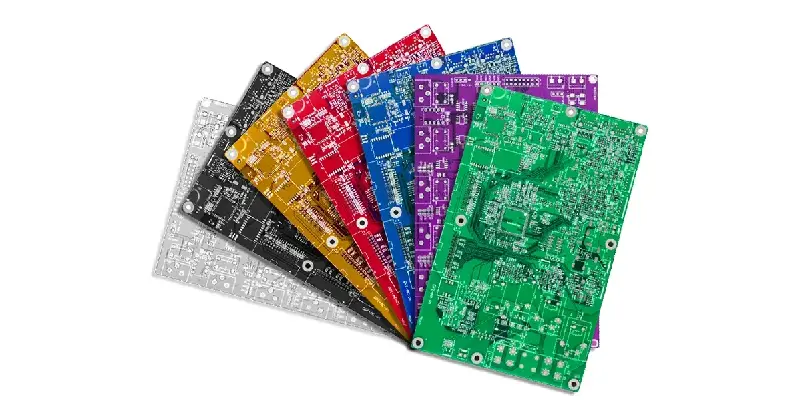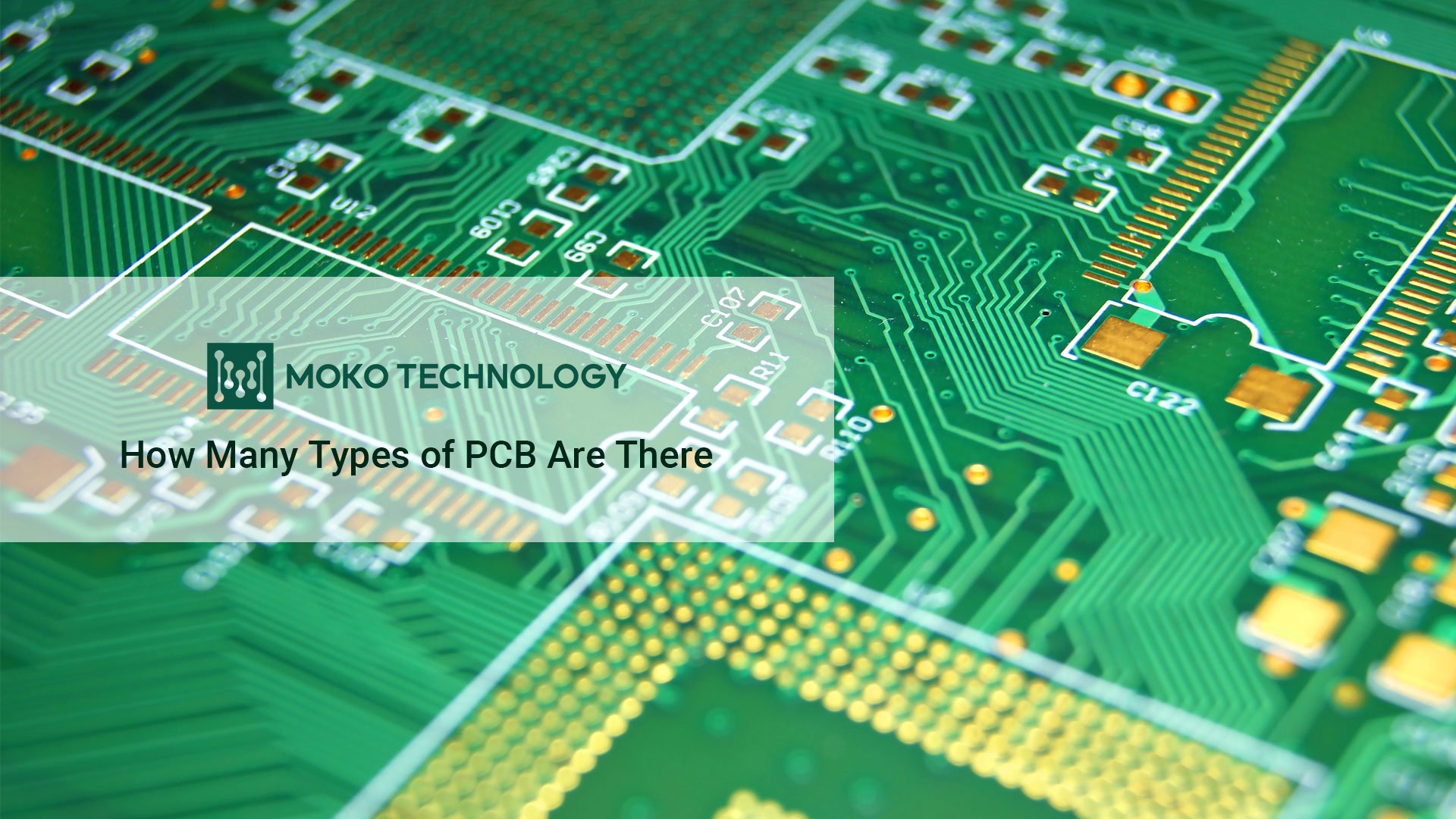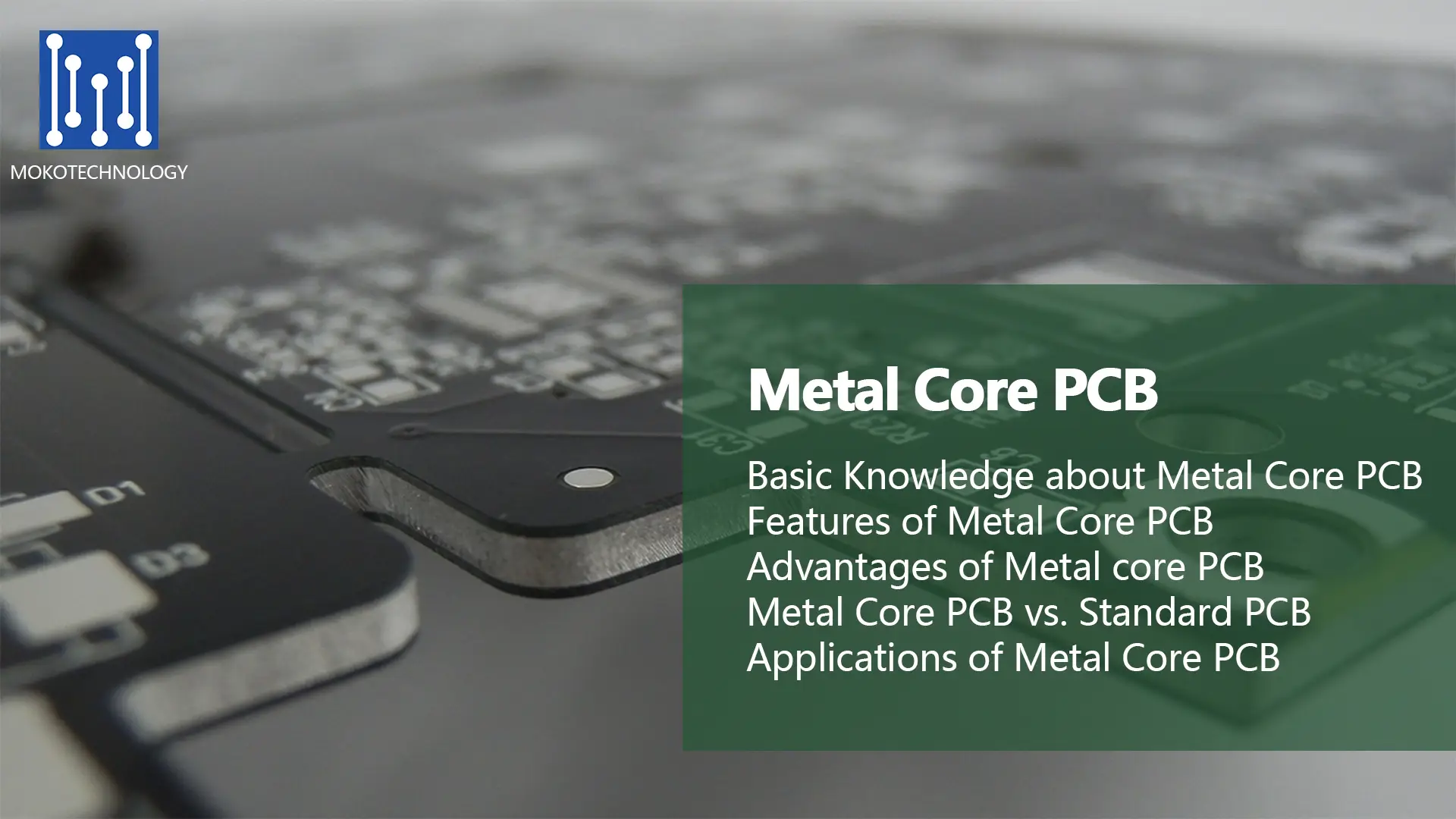In the world of electronics, the aesthetic appeal of a device can be just as important as its functionality. With the emergence of purple PCB, enthusiasts and professionals alike have an exciting option to make their projects visually stand out. This guide delves into what purple printed circuit boards are, their advantages and disadvantages, applications, how they compare to other colored PCBs and so on. Let’s dive right in.
What Is Purple PCB?
A purple PCB is characterized by its use of a purple-colored solder mask, whereas traditional PCBs typically use a green one. This solder mask serves as a protective coating on the bare PCB, which prevents solder bridging between conductive traces and shields the board from harm caused by environmental factors. The choice of purple not only adds a distinctive look but can also offer benefits in terms of inspectability and brand differentiation.
Benefits and Limitations of Purple PCB

The Benefits of Purple PCBs
- Visual Appeal and Branding
In a market where differentiation can be a key factor in success, the unique color of a purple circuit board can make a significant impact. This is particularly true for consumer electronics, where the internal design of a device, including its circuit board, can be a point of aesthetic distinction.
- Enhanced Inspectability
The contrast between the vibrant purple solder mask and the metallic sheen of the silver traces can make it easier for engineers and technicians to spot issues or defects during the manufacturing process or in quality control checks.
- Material Advantages
The use of polyimide or other specialized materials for achieving the purple color can also offer functional benefits. These materials often exhibit superior heat resistance and flexibility compared to the standard materials used in green PCBs.
Further reading- A Must Read: PCB Material Guide
The Limitations of Purple PCBs
- Availability and Lead Times
The specialized materials and dyes required for purple solder masks are not as commonly used as those for green PCBs, leading to potential issues with sourcing and longer lead times. For projects on a tight schedule or for manufacturers accustomed to rapid production cycles, this can pose a logistical challenge.
- Higher Costs
The lower demand for purple solder masks, combined with the specialized processes required to produce them, often results in higher prices compared to standard green PCBs. For large-scale projects or for companies with strict budget constraints, the additional cost of purple circuit boards might be a prohibitive factor.
Comparing Purple PCB with Other Colored PCBs

When comparing purple PCBs with other colored PCBs, it’s evident that each color offers unique advantages tailored to specific needs within the electronics manufacturing industry. Purple printed circuit boards offer a unique balance of aesthetics, inspectability, and functionality compared to PCBs in other colors. While green remains the standard for its proven reliability and cost-effectiveness, purple provides more visual appeal. Purple contrasts components well like green but also adds flair like blue. The purple hue stands out better than black or white during repairs. Purple is not quite as visible as yellow or red for finding flaws, but its polyimide material allows better heat resistance than either. This heat handling edge makes purple more suitable than red or yellow for graphics cards or computers needing heat dissipation. Purple also enables more flexibility versus green or blue PCBs.
| PCB Color | Aesthetic Appeal | Inspection Visibility | Special Characteristics | Challenges |
| Green | Low | Excellent | Widely available materials | / |
| Blue | Medium | Good | Aesthetic appeal | Less common than green |
| Red | Medium | Moderate | Highlights physical issues | Silkscreen contrast |
| Black | High | Poor | Absorbs/emits heat rapidly | Inspection difficulty |
| Yellow | Low | Good | Simplifies inspection | Visual appeal |
| White | High | Poor | Requires black silkscreen | Low contrast, complicates repairs |
| Purple | High | Good | Balance of appeal and function | Higher cost, lower availability |
Methods to Fabricate Purple Solder Masks
There are two primary techniques used to obtain purple solder masks on printed circuit boards:
Integrating Purple Pigments into Mask
Adding purple pigments directly into the liquid solder mask before application on the board is one approach. LED-cured masks typically provide more flexibility for integrating pigments compared to UV-cured masks. One potential drawback is that the mask thickness may need to be slightly increased to properly disperse the pigments across the mask area for an opaque, consistent purple coverage. But this method can provide a uniform purple color across the entire solder mask area.
Layered Base and Purple Legend Ink
A second technique involves first applying a base light-colored mask layer across the entire surface of the board. This provides a background canvas. Subsequently, bright purple legend ink is selectively applied to the mask, covering only the regions that need protection against soldering. The purple ink stands out boldly against the lighter base mask color. This layered approach minimizes overall mask thickness since the base layer can be thin. It also allows combining the purple legend ink with other colored inks in different sections of the board. One downside is that accurate registration of the purple ink prints is essential to avoid leaving any unwanted exposed or unprotected solderable areas.
Both methods have the capability to produce durable and aesthetic purple solder masks. The ideal approach will depend on factors like the target color tone, thickness constraints, desire for multiple colors, and the capabilities of the PCB manufacturing partner.
Applications of Purple Circuit Board
Purple PCBs find their application in a wide range of fields, similar to their green counterparts. However, they are particularly favored in:
- Consumer Electronics: Devices like gaming consoles, PC mods, and wearable technology, where aesthetic differentiation is key.
- Educational Kits: To make learning electronics more engaging and visually appealing.
- Prototype Development: Offering a visually distinct way to differentiate prototype boards from production versions.
- Custom Projects: For hobbyists and makers who want their creations to stand out.
- Prototype Development – Engineers use purple PCBs to clearly distinguish between prototype boards and final production versions.
Get Your Purple PCB from MOKO Technology
We offer full PCB design support and manufacturing capabilities to bring your purple PCB product ideas to life. Our cutting-edge facilities can efficiently fabricate purple PCBs at virtually any production volume you require. We work with quality materials from leading partners in the industry to ensure the dyed solder mask coloration achieves the optimal shade and appearance. For your next project requiring enhanced visibility, aesthetics, or counterfeit protection, purple circuit boards are the perfect solution. Contact MOKO Technology today to learn more!



